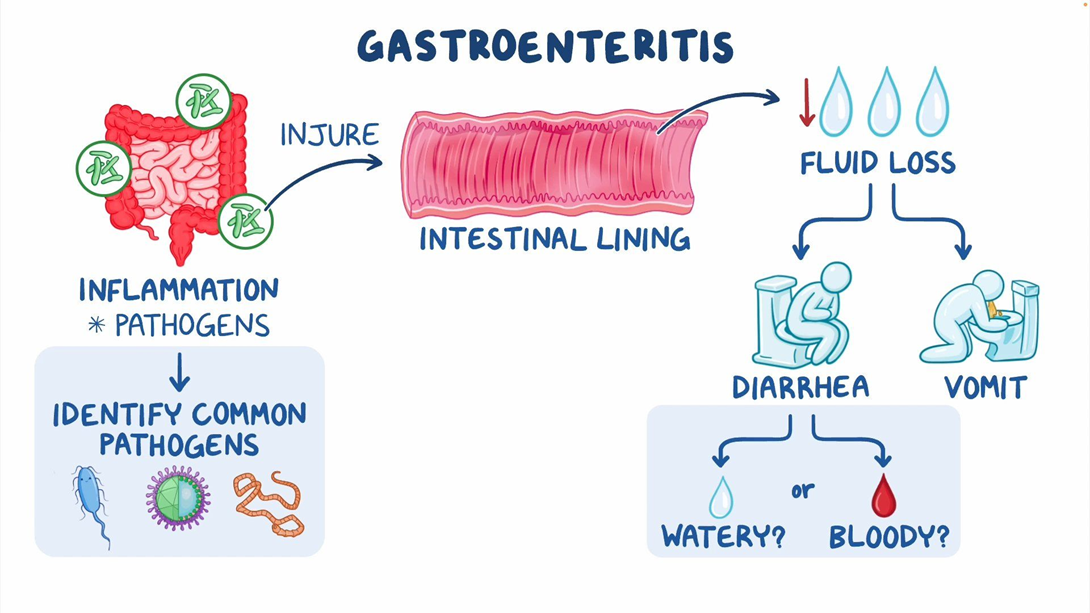A nurse is providing calorie-count information to a client who has a BMI of 35. Which of the following instructions should the nurse include?
You should consume high-calorie foods early in the day.
You should limit carbohydrate intake to 30 grams per day.
You should consume 500 fewer calories per day.
You should follow a liquid meal plan for 4 weeks.
The Correct Answer is C
Choice A reason: Consuming high-calorie foods early in the day is not a good strategy for weight loss, as it can lead to overeating and increased fat storage. The nurse should advise the client to eat a balanced breakfast that includes protein, fiber, and healthy fats, which can help curb appetite and boost metabolism.
Choice B reason: Limiting carbohydrate intake to 30 grams per day is too restrictive and may cause nutritional deficiencies, ketosis, and adverse effects on mood and cognition. The nurse should recommend a moderate carbohydrate intake of 45 to 65 percent of total calories, with an emphasis on complex carbohydrates from whole grains, fruits, vegetables, and legumes.
Choice C reason: Consuming 500 fewer calories per day can result in a weight loss of about 1 pound per week, which is a safe and realistic goal for a client who has a BMI of 35. The nurse should help the client identify sources of excess calories in their diet and suggest ways to reduce them, such as choosing low-calorie beverages, using smaller plates, and avoiding distractions while eating.
Choice D reason: Following a liquid meal plan for 4 weeks is not a sustainable or healthy way to lose weight, as it can cause muscle loss, electrolyte imbalance, and rebound weight gain. The nurse should encourage the client to eat regular meals that include a variety of foods from all food groups, with appropriate portion sizes and nutrient density.
Nursing Test Bank
Naxlex Comprehensive Predictor Exams
Related Questions
Correct Answer is B
Explanation
Choice A reason: Changing the feeding to a continuous infusion may not improve the constipation, as it does not address the fluid deficit or the fiber content of the formula. Continuous infusion may also increase the risk of aspiration, diarrhea, and bacterial contamination¹.
Choice B reason: Increasing the amount of free water can help prevent or treat constipation by hydrating the stool and facilitating its passage. The client's fluid intake and output indicate a fluid deficit, which can contribute to constipation. The recommended fluid intake for adults is 30 to 35 mL/kg/day².
Choice C reason: Decreasing the infusion rate of feeding may worsen the constipation, as it reduces the caloric and fluid intake of the client. The infusion rate should be based on the client's nutritional needs and tolerance¹.
Choice D reason: Requesting a prescription for a diuretic is not appropriate, as it would further dehydrate the client and aggravate the constipation. Diuretics are indicated for clients with fluid overload, not fluid deficit³.
Correct Answer is A
Explanation
Choice A reason: Confusion and weakness are signs of dehydration and electrolyte imbalance, which can result from vomiting and diarrhea. These are serious complications that can affect the client's mental status, blood pressure, heart rate, and kidney function. The nurse should report these changes to the provider and monitor the client's vital signs and fluid status.
Choice B reason: Dry oral mucosa and furrowed tongue are also signs of dehydration, but they are less severe than confusion and weakness. The nurse should report these changes to the provider as well, but they are not the most urgent ones.
Choice C reason: Clear lungs bilaterally are a normal finding and do not indicate any change in the client's condition. The nurse should document this finding, but it does not require reporting to the provider.
Choice D reason: A soft and non-tender abdomen is a normal finding and does not indicate any change in the client's condition. The nurse should document this finding, but it does not require reporting to the provider.

Whether you are a student looking to ace your exams or a practicing nurse seeking to enhance your expertise , our nursing education contents will empower you with the confidence and competence to make a difference in the lives of patients and become a respected leader in the healthcare field.
Visit Naxlex, invest in your future and unlock endless possibilities with our unparalleled nursing education contents today
Report Wrong Answer on the Current Question
Do you disagree with the answer? If yes, what is your expected answer? Explain.
Kindly be descriptive with the issue you are facing.
